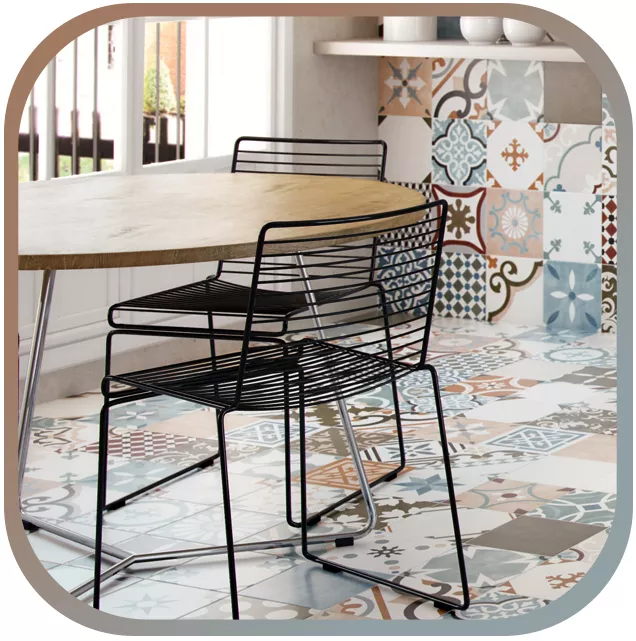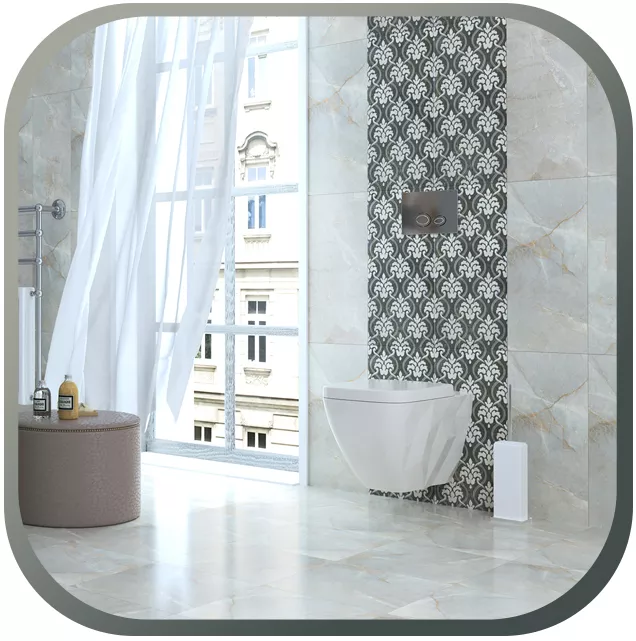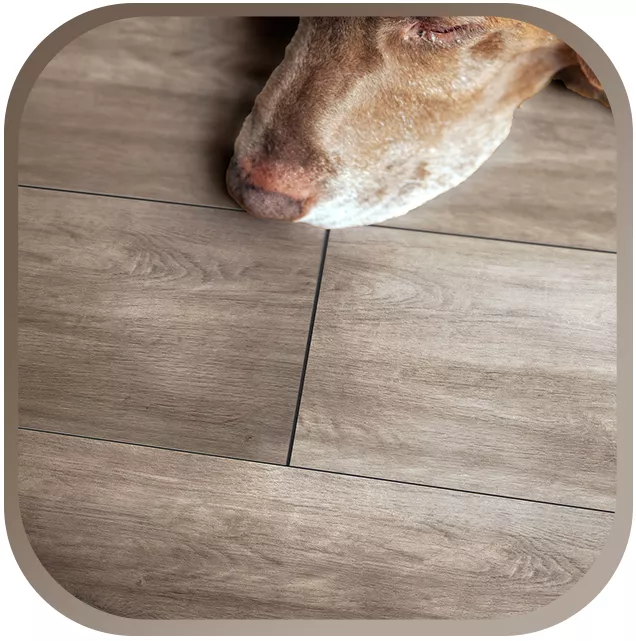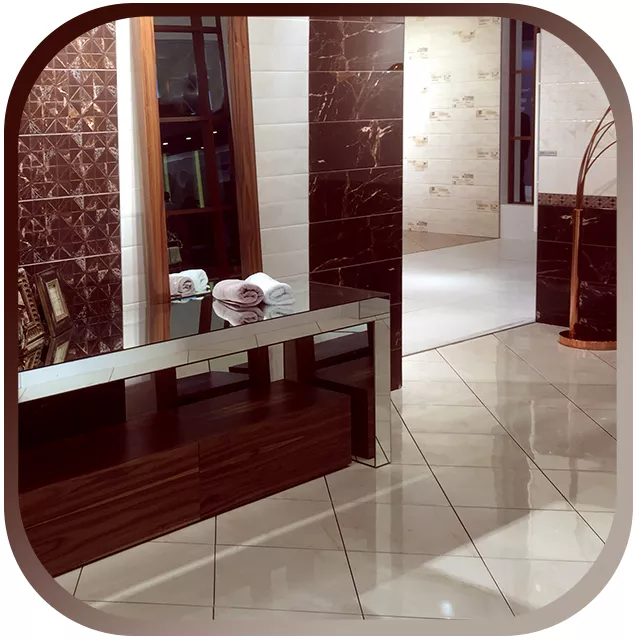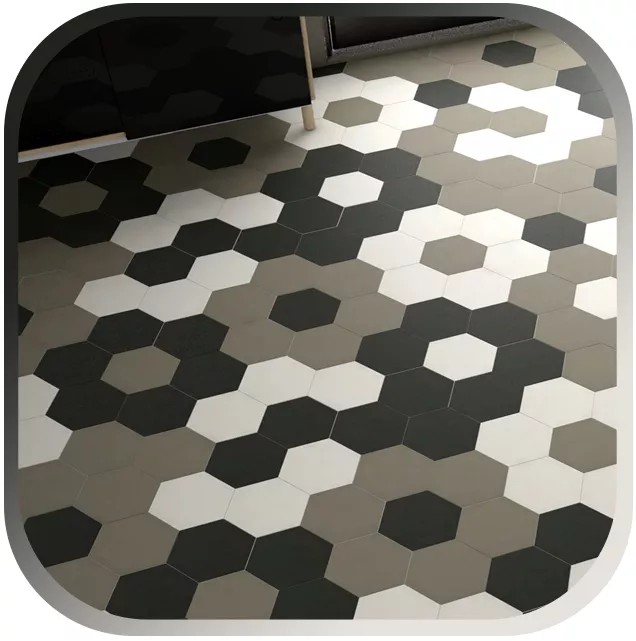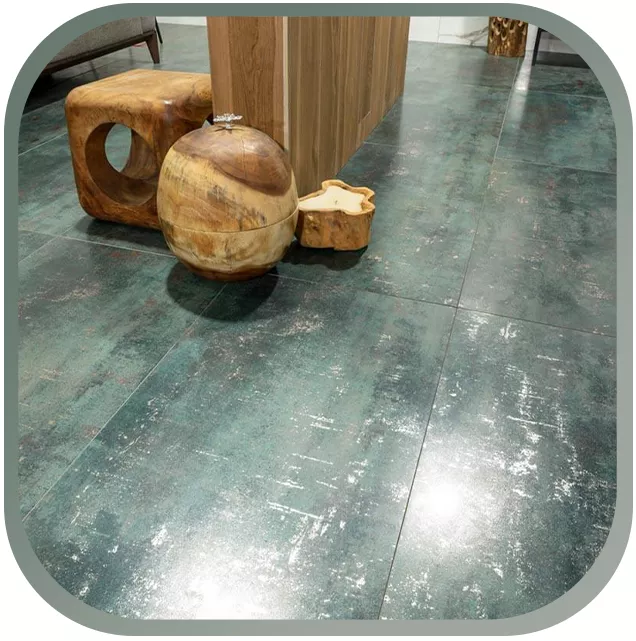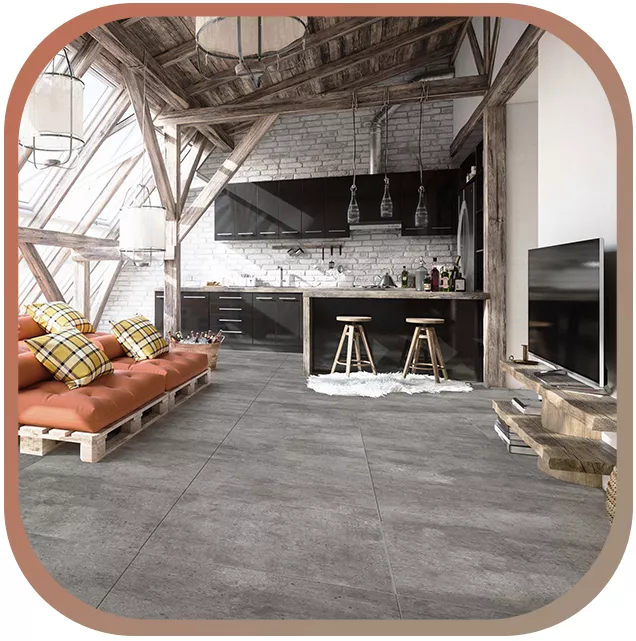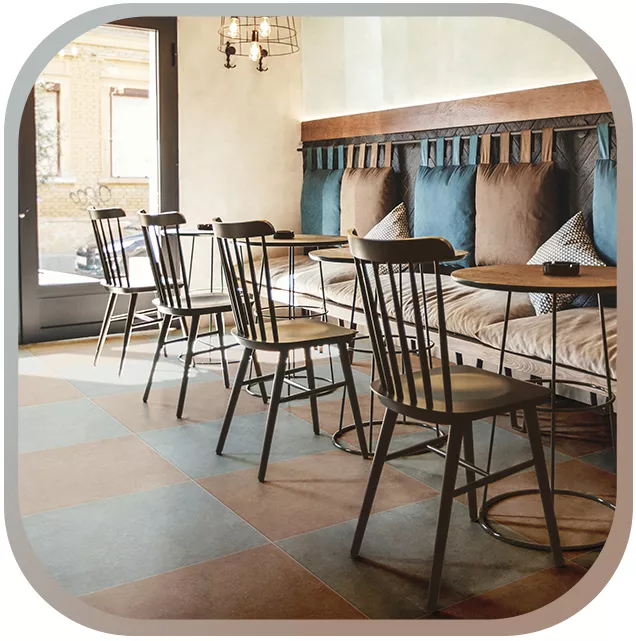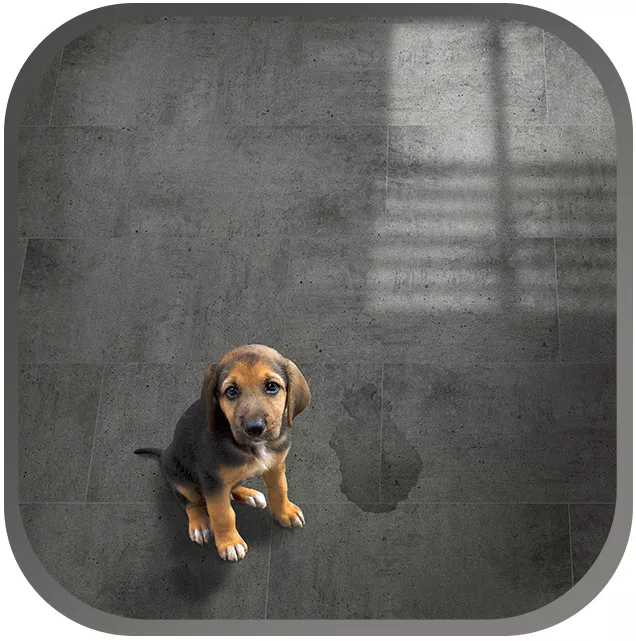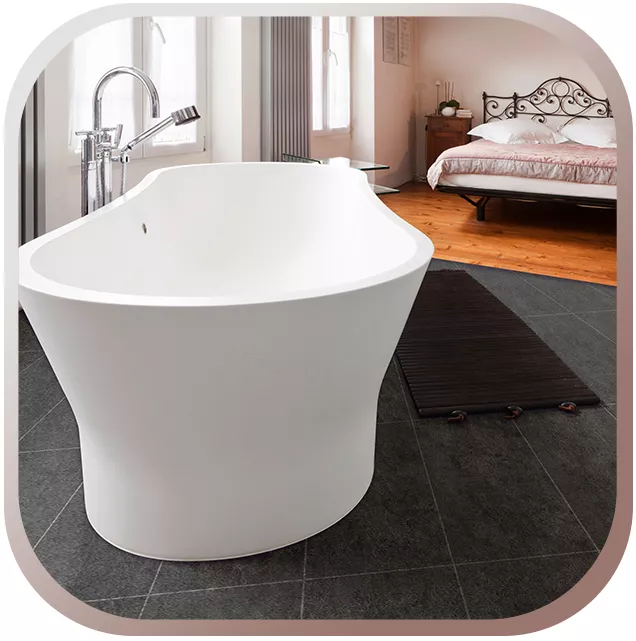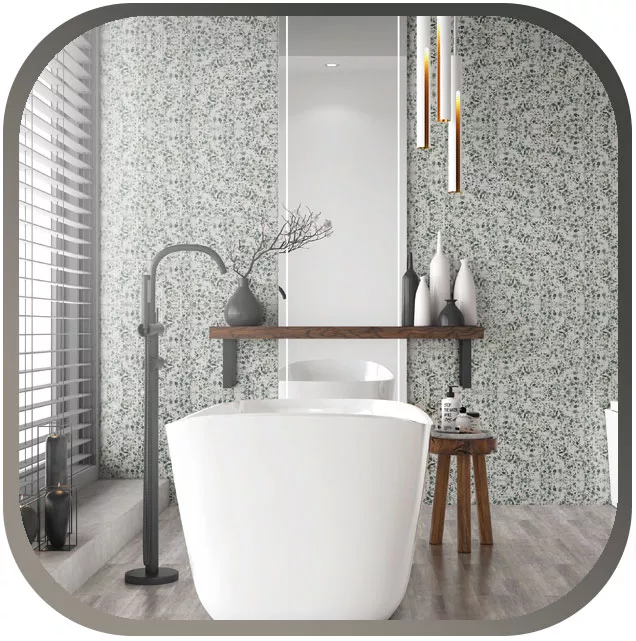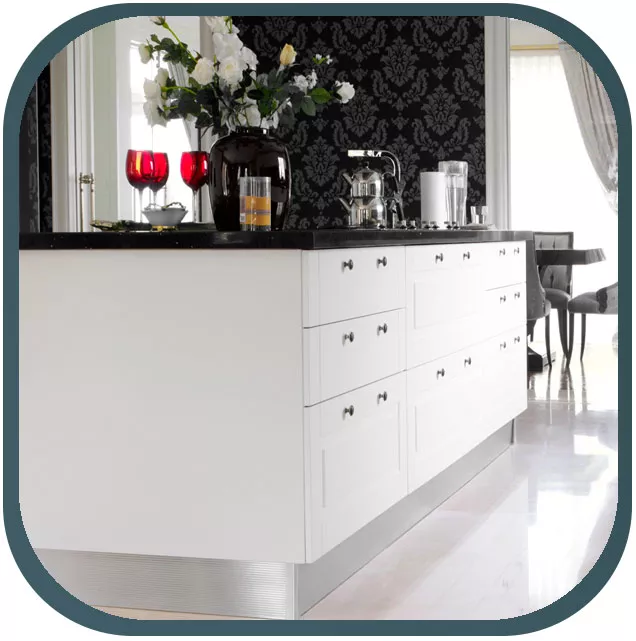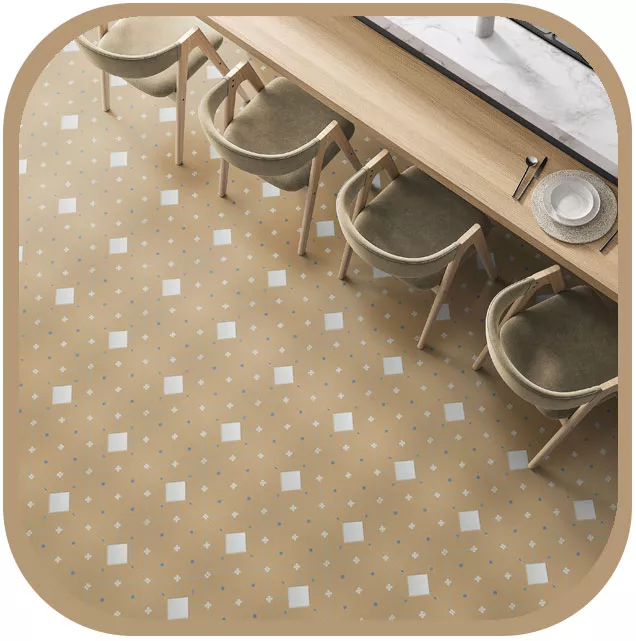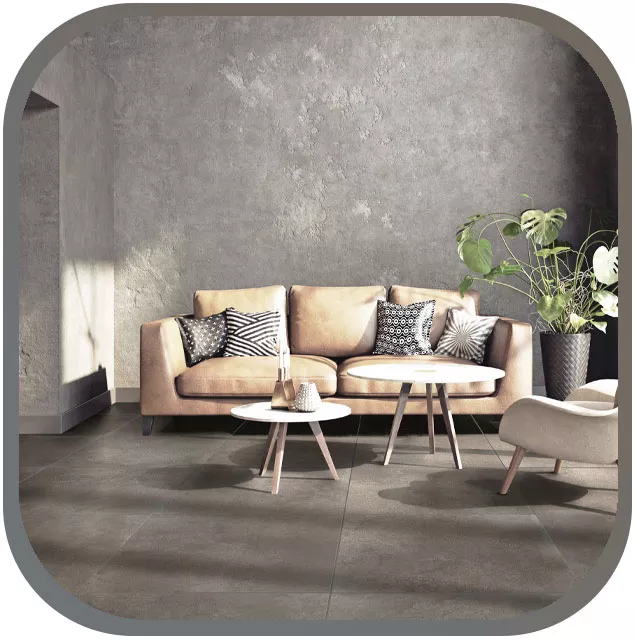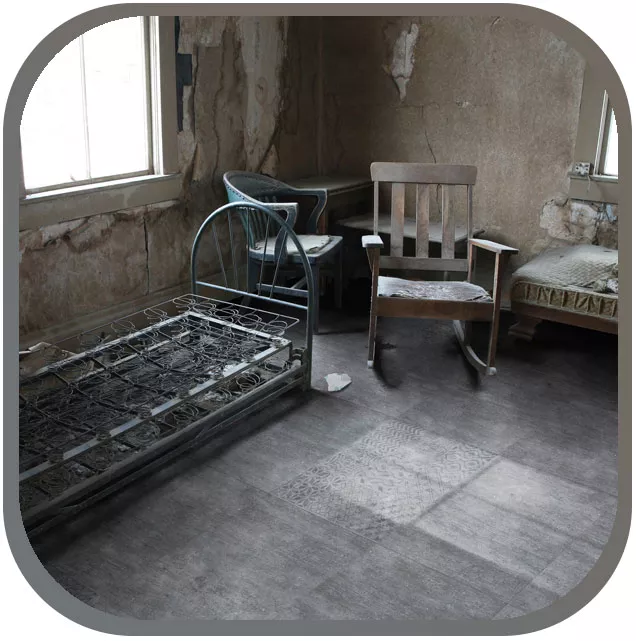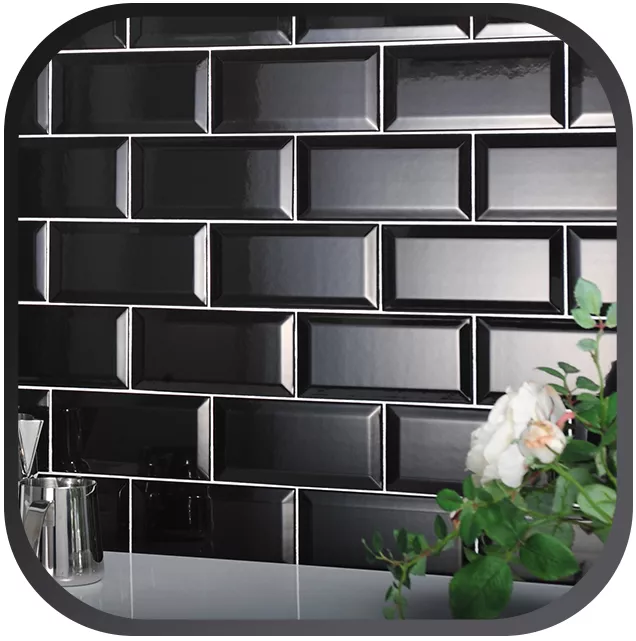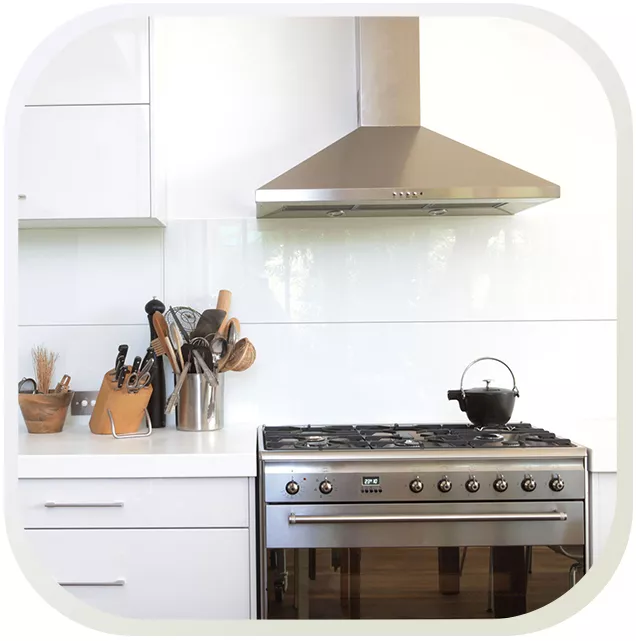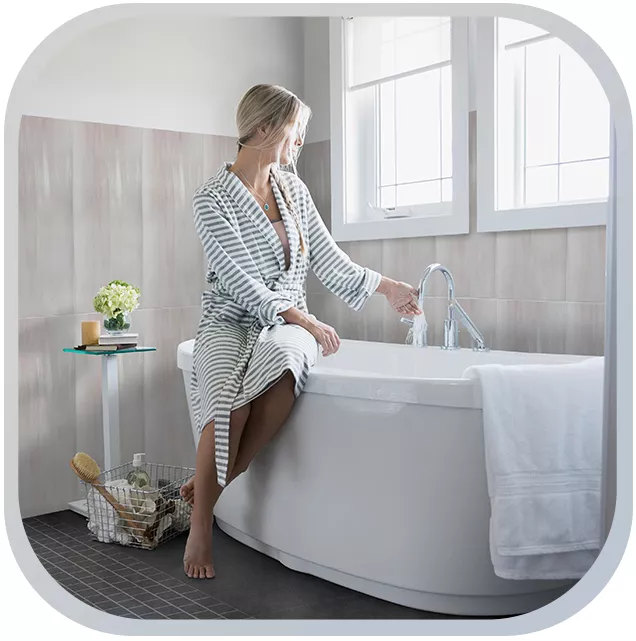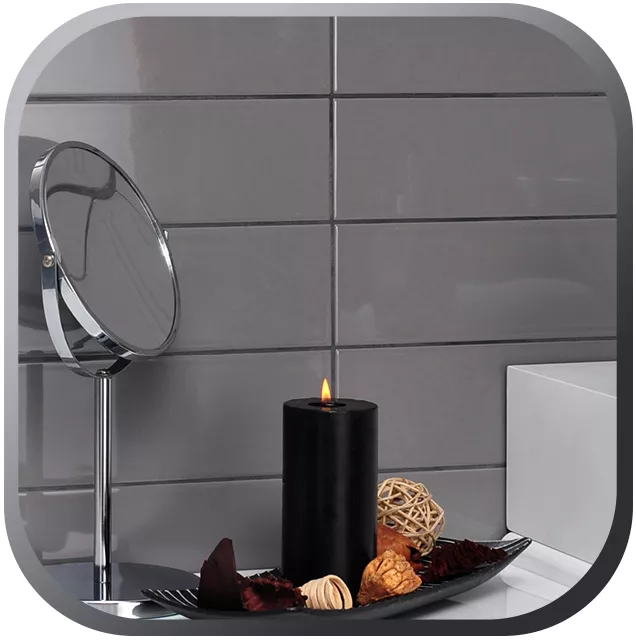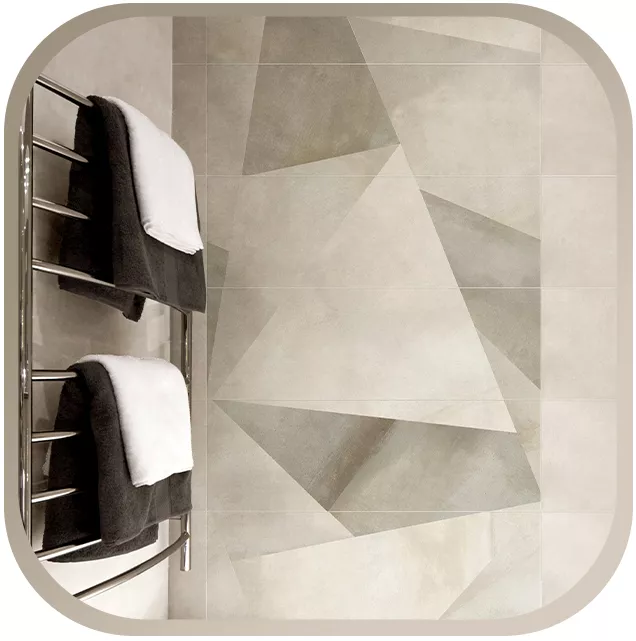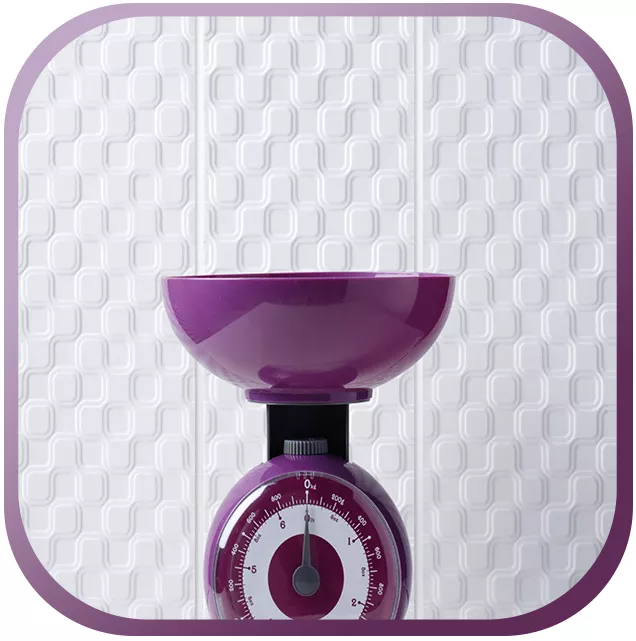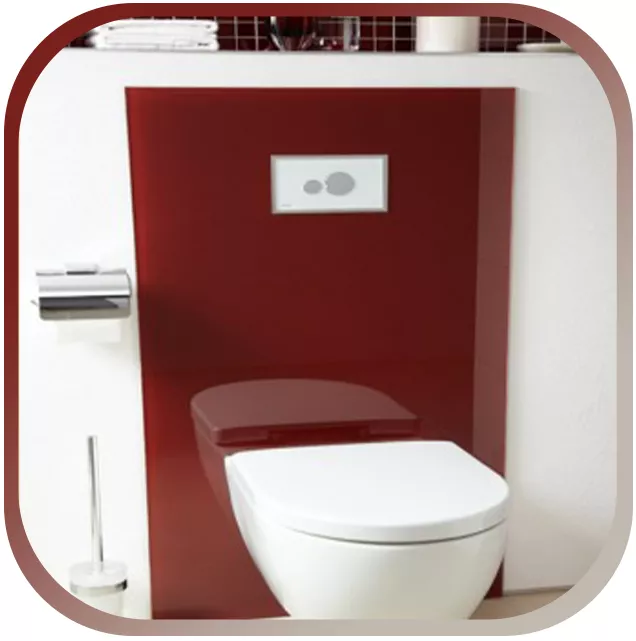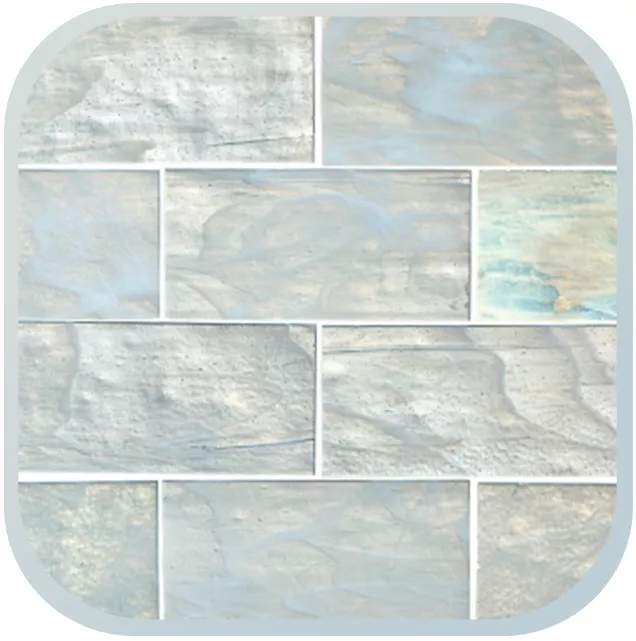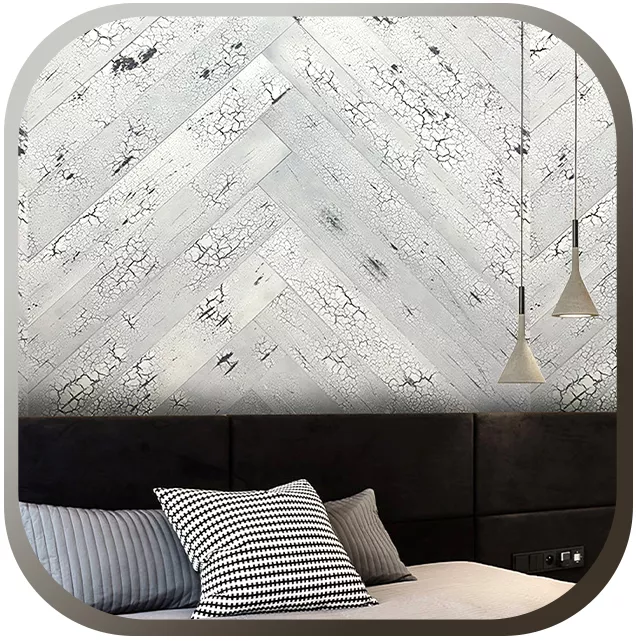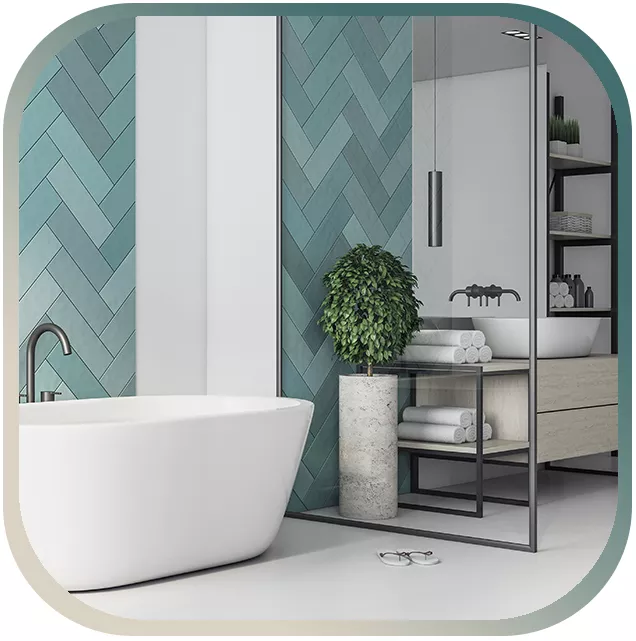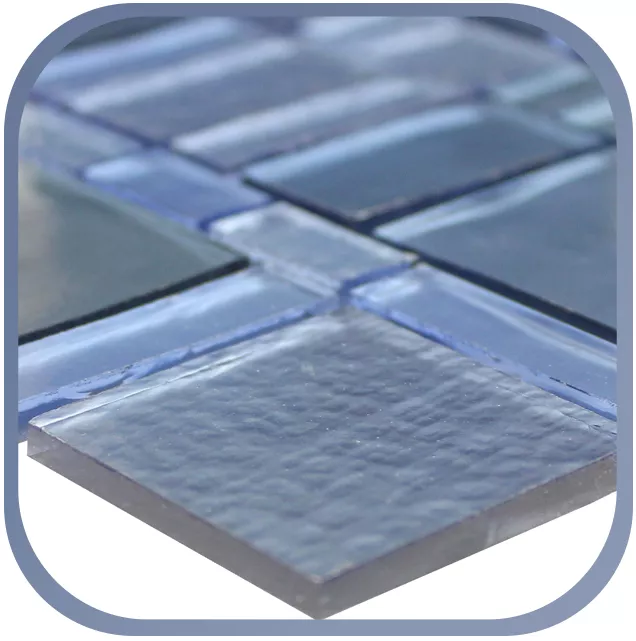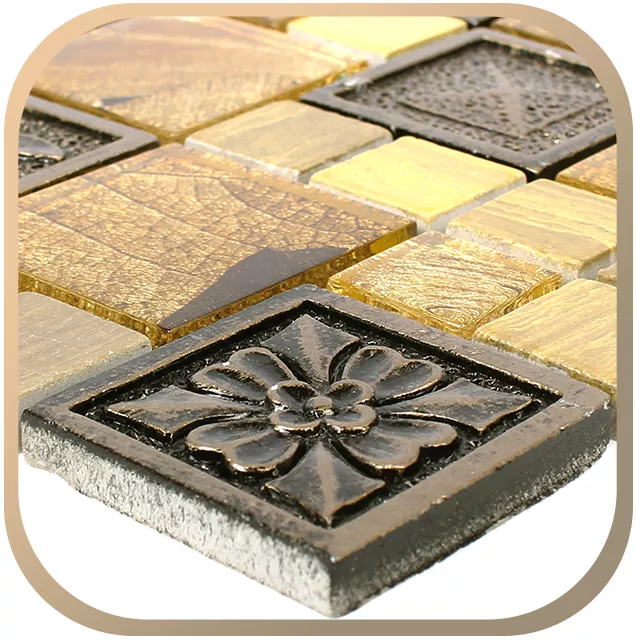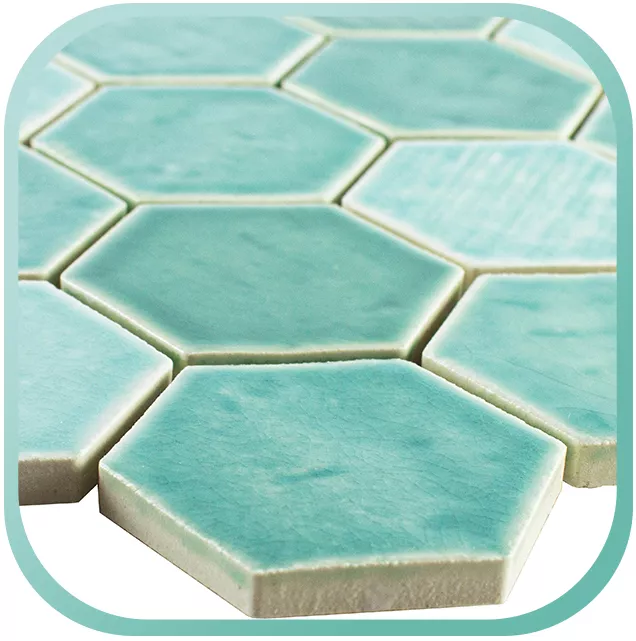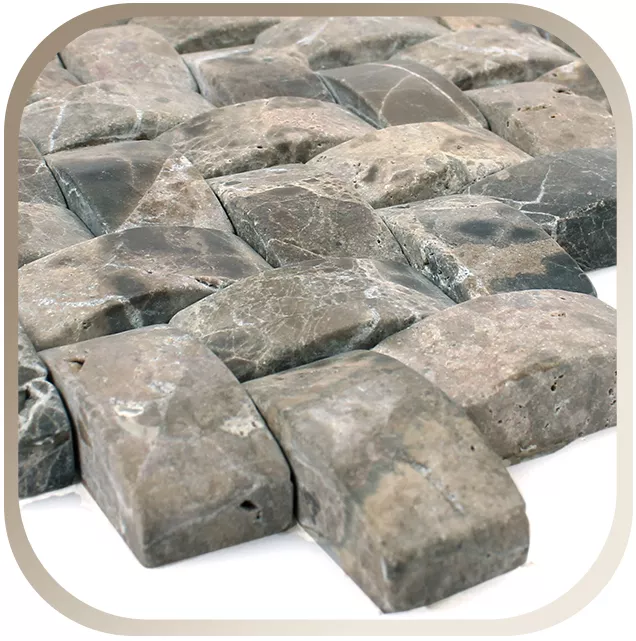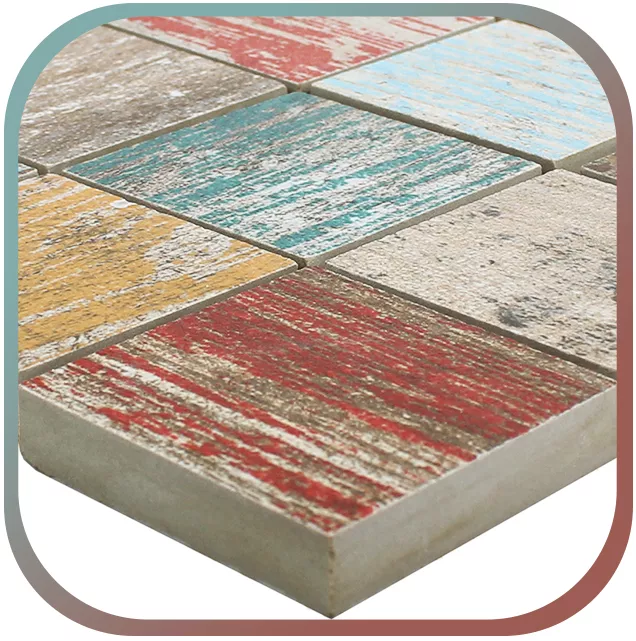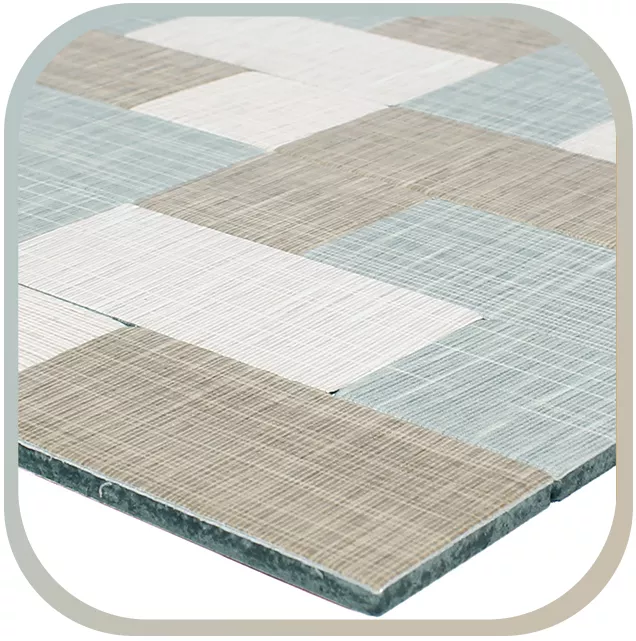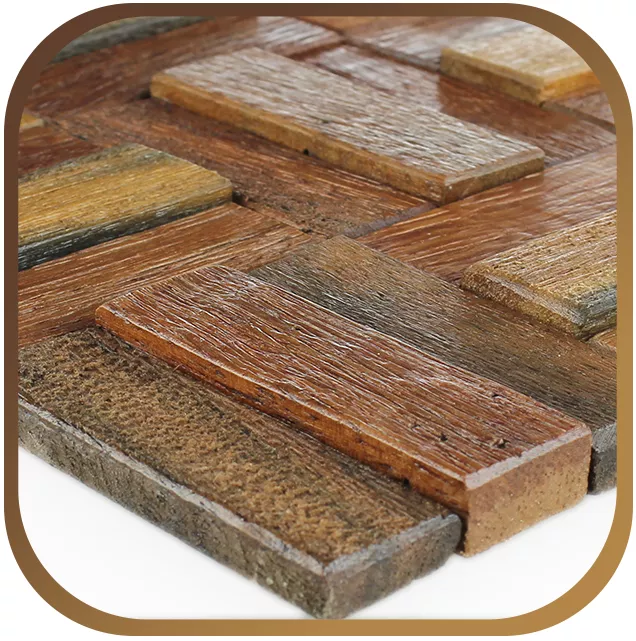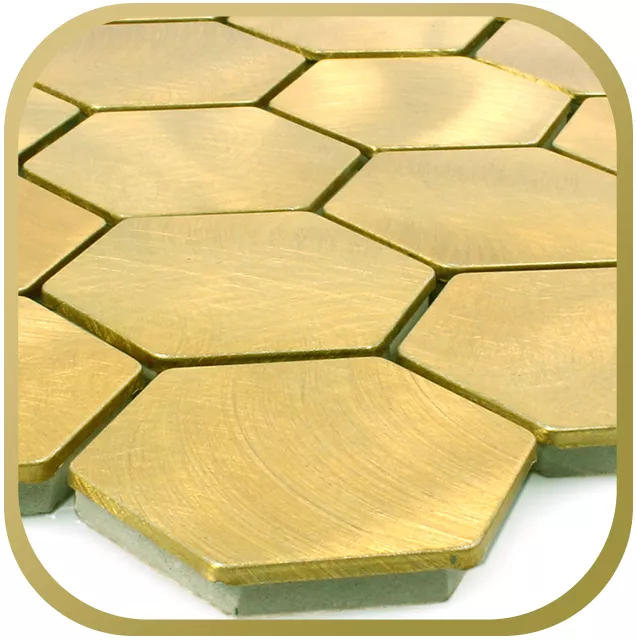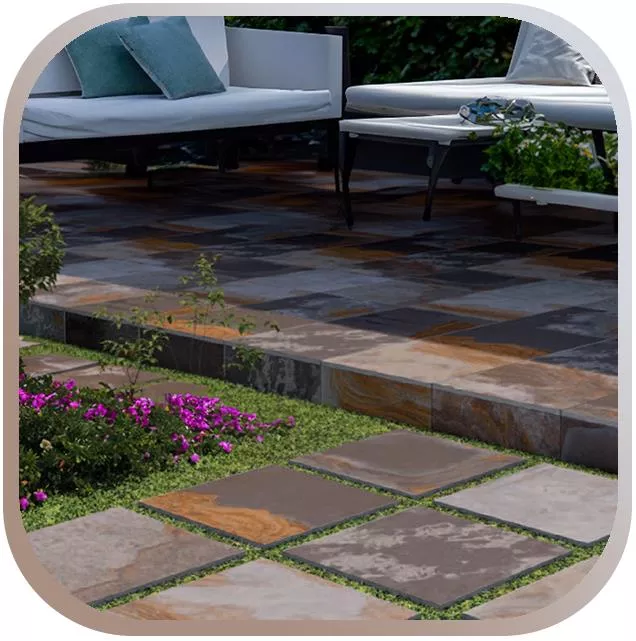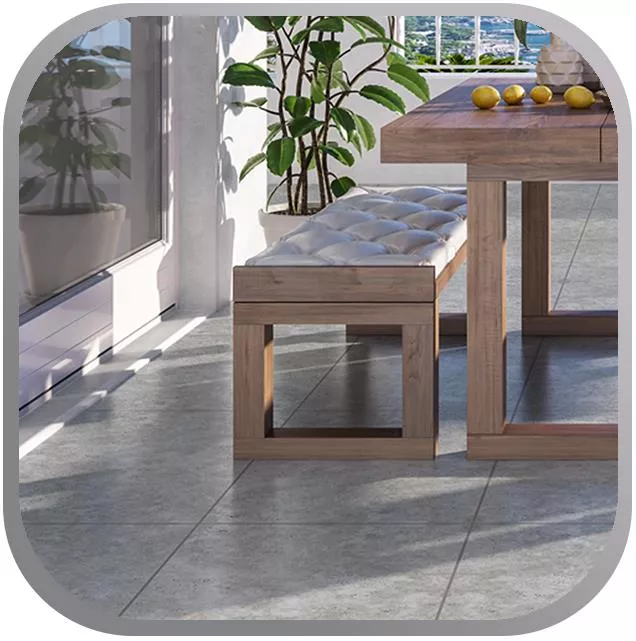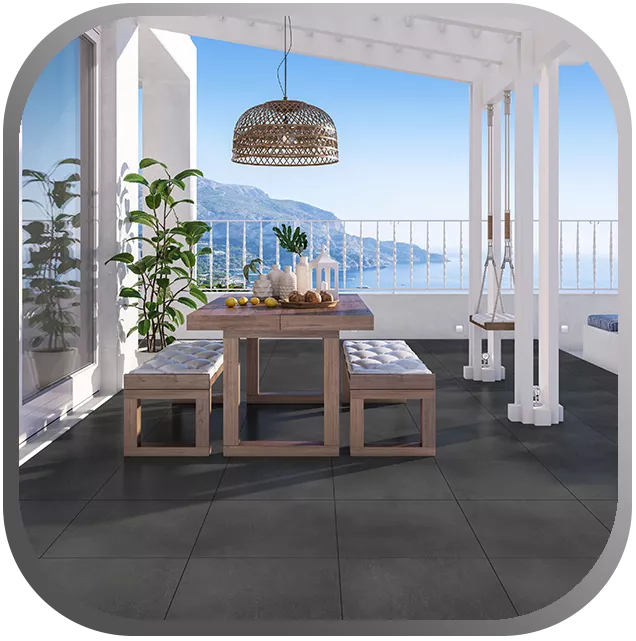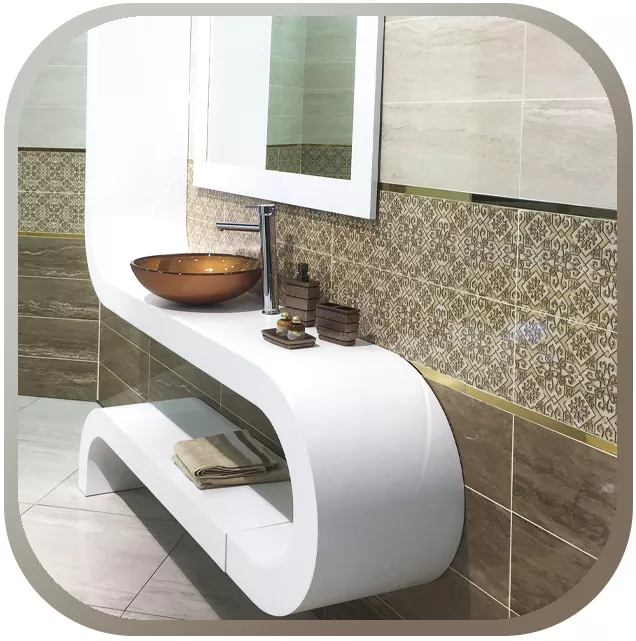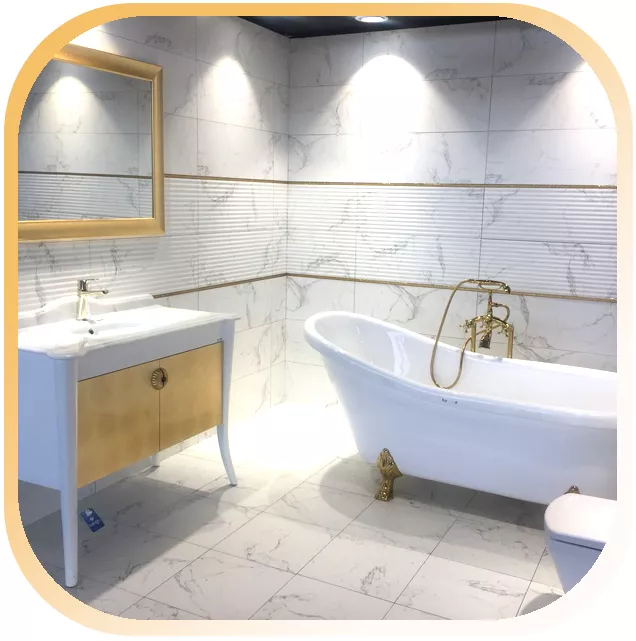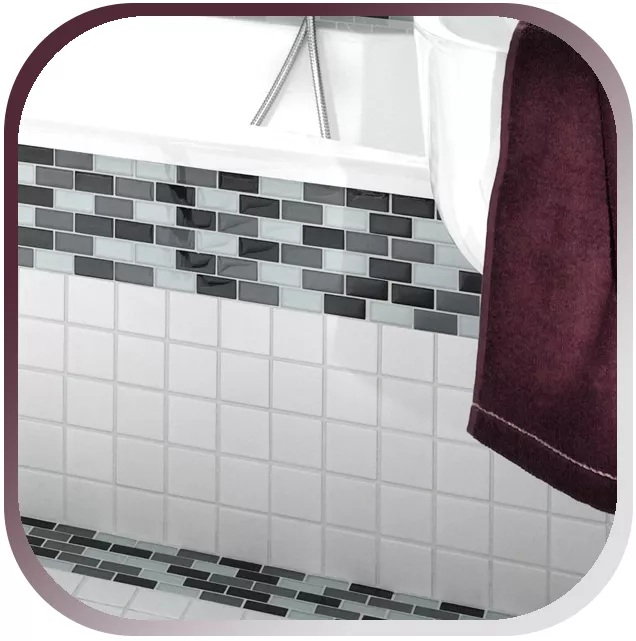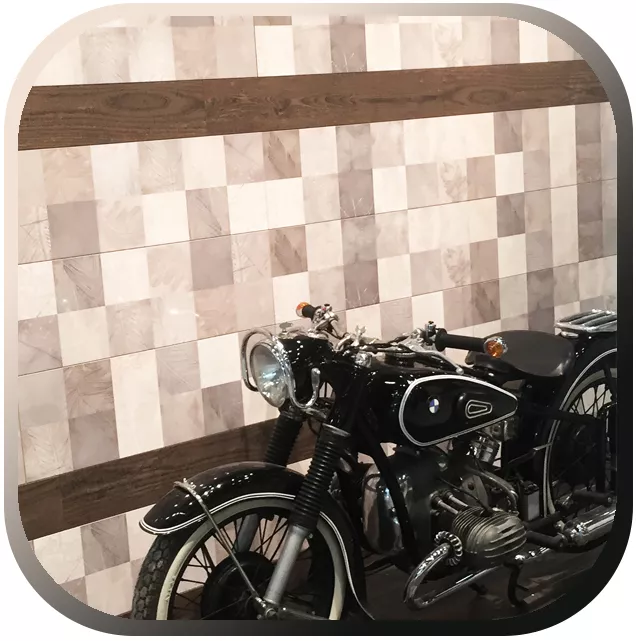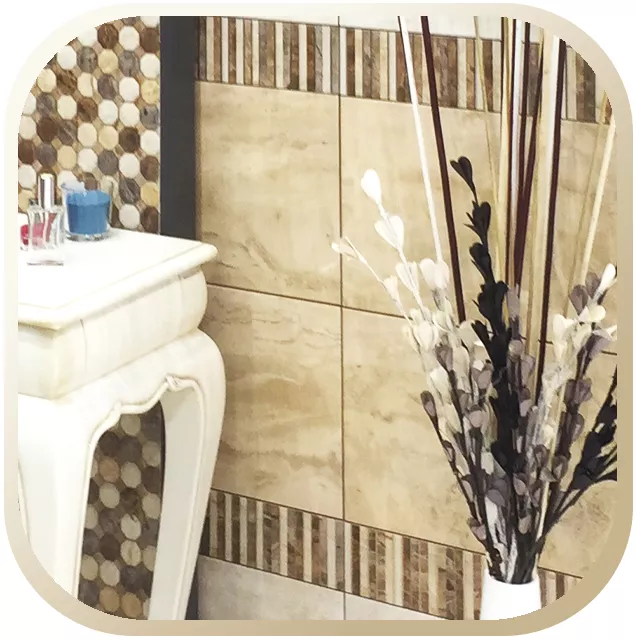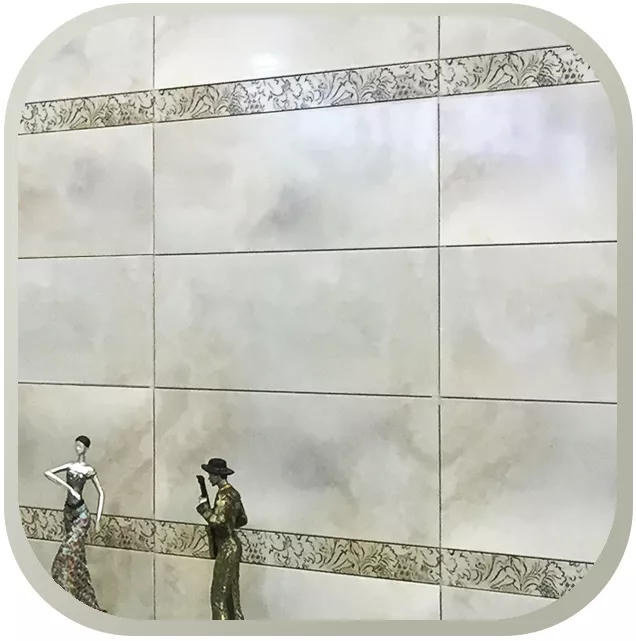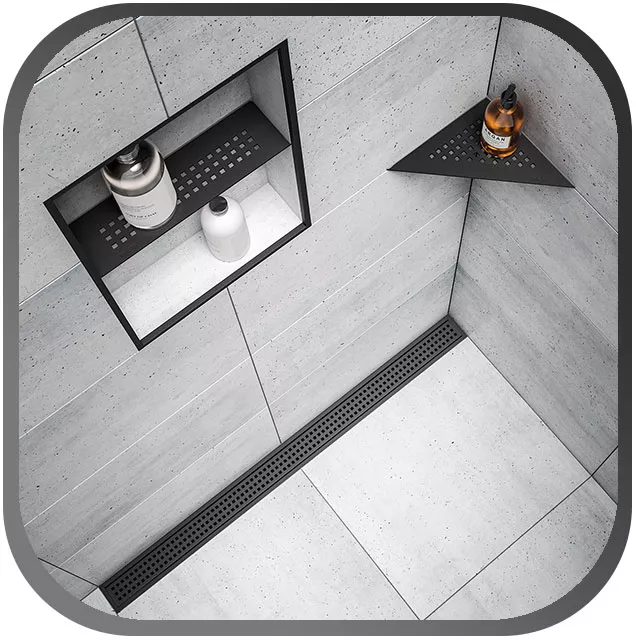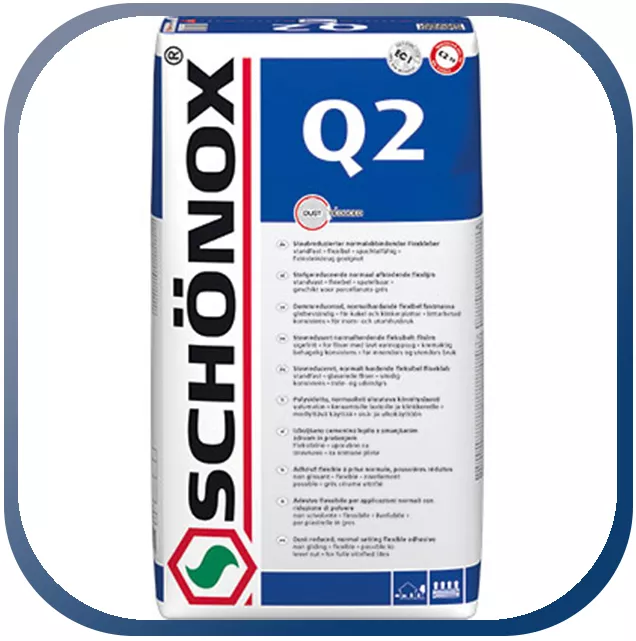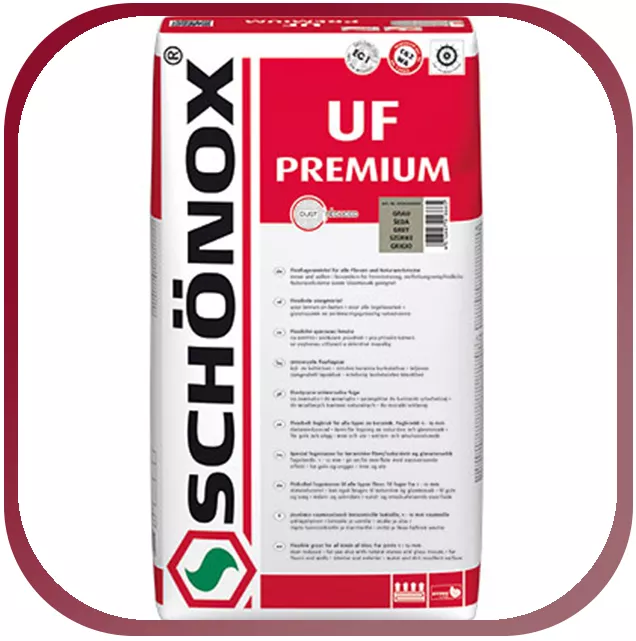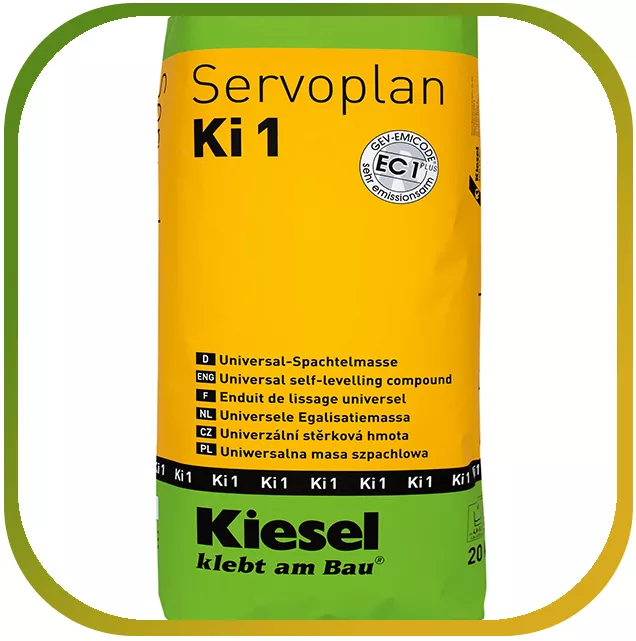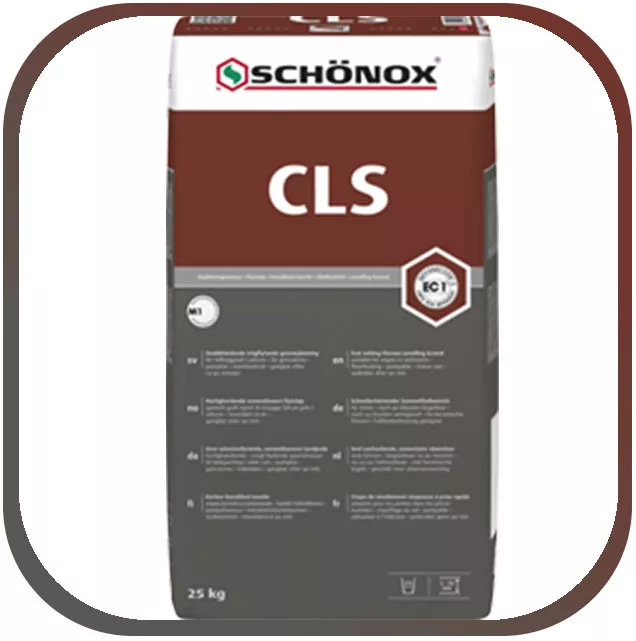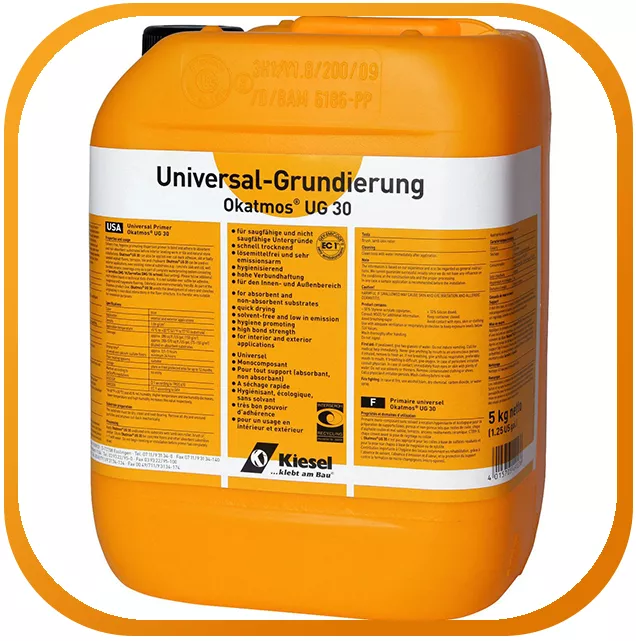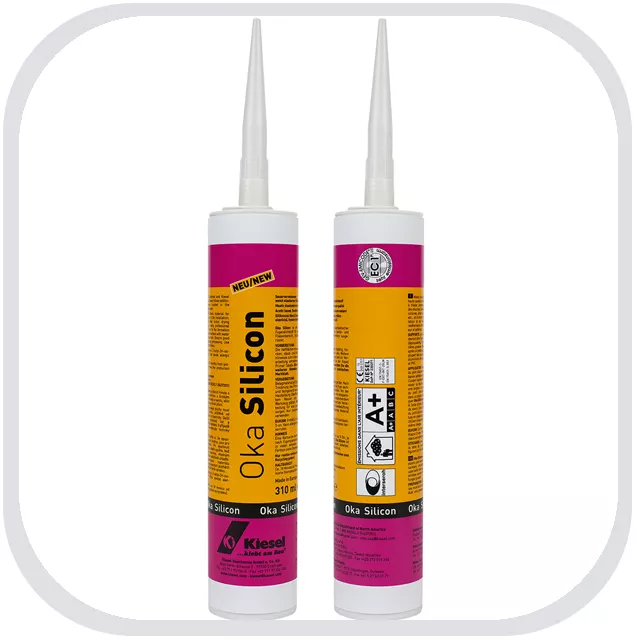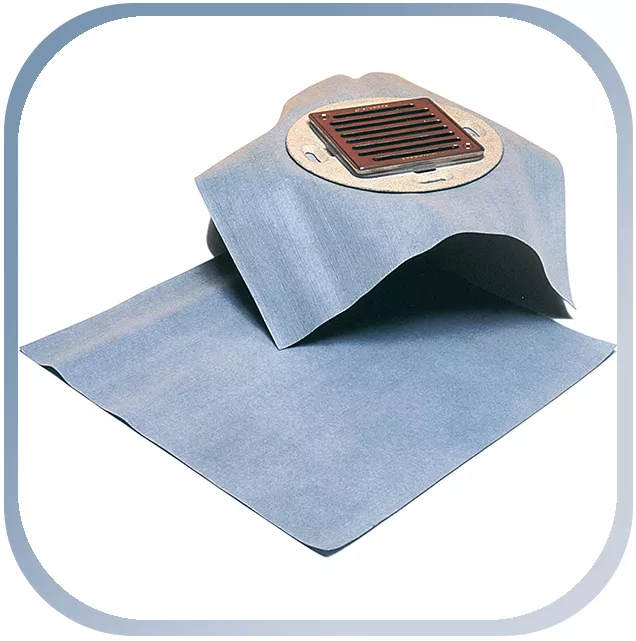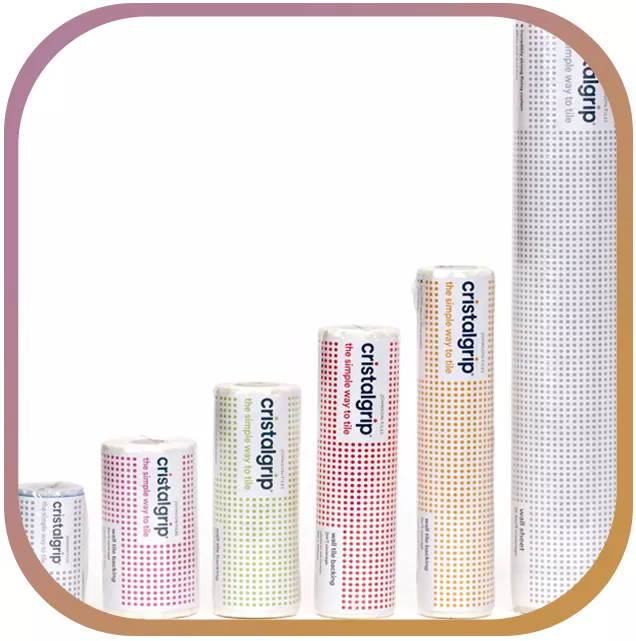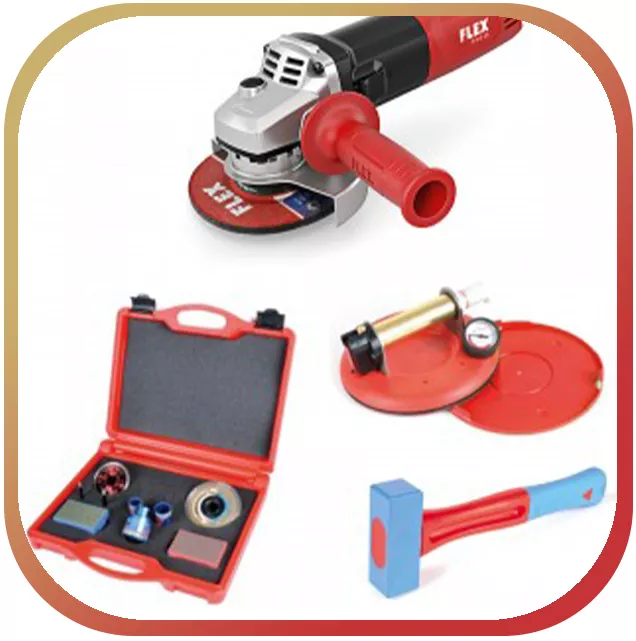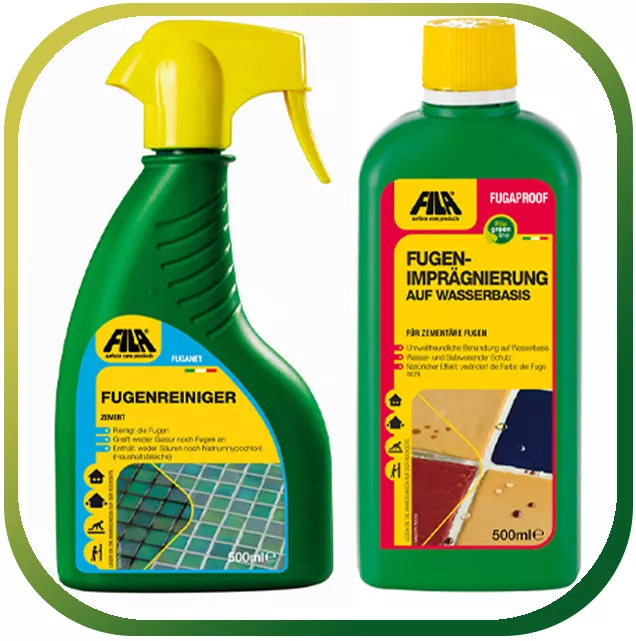Guide to the professional cleaning of tiles
1. Preliminary remark
In addition to their aesthetic and functional quality, ceramic tiles are primarily characterized by their ease of care. This makes them suitable for use in private as well as semi-public and public areas.
All of the tiles we sell impress with their high quality. In order to maintain this high quality, you should always observe the relevant information and instructions from the respective manufacturer when using cleaning agents.
Cleaning agents that contain hydrofluoric acid or fluoride damage the surfaces of ceramic tiles, even in diluted form. For this reason, you should generally refrain from using them.
Unfortunately, we cannot accept any liability for any damage caused by improper or incorrect use of cleaning agents.
2 . Basics
The following applies to the cleaning of glazed and unglazed ceramic floors:
• Choosing the right cleaning agent
• Allow the cleaning agent to take effect for a long time to achieve a high level of efficiency
• Support the cleaning mechanically with brushes, microfibre covers for mopping devices, etc., but refrain from using so-called pads or brushes with abrasive grain additives.
• Before the loosened dirt dries up, you should pick it up, rinse it away or vacuum it.
In addition, wiping grids, entrance mats, clean-off zones or dirt sluices can be used to prevent the coarsest contamination in advance.
3. Initial cleaning
Once the tiles have been laid and grouted, the first cleaning of the covering should take place. The purpose of this initial cleaning, also known as final or final cleaning, is to remove both the construction dirt and the cement film. The best way to remove coarse dirt is by sweeping. You can then remove the cement veil, which mainly consists of residues of laying and grouting material, with an acidic cleaner. To prevent the acid from also affecting the cement-based joints, you should pre-wet them and rinse them thoroughly after cleaning or neutralize them with suitable agents.
4. Maintenance cleaning
The easiest way to remove dry everyday dirt is by sweeping or vacuuming, as required. Light soiling can be removed with standard household cleaners, such as neutral cleaners, or with alkaline or acidic cleaning agents.
You should not use cleaning agents that contain cleaning agents. In the long run, sticky layers of fat, wax and plastic build up, which can have a negative effect on the appearance, the slip resistance and the hygienic and cleaning properties.
If the floor is heavily soiled, thorough thorough cleaning should be carried out. With special cleaners, increased exposure time and mechanical support reinforced with brushes and, if necessary, scouring powder, you can thoroughly clean ceramic coverings in this way.
6. Stain removal
In the following we have put together the suitable cleaning agents and cleaning applications for possible stains on ceramic tiles:
Algae, Moss, plant residues
Special cleaners: Algae or moss remover
Bitumen, blobs of paint, nail polish, tar
Organic solvents: e.g. petrol, acetone or "stripping pastes". Remove coarse soiling as far as possible with a wooden spatula.
Pencil marks, remains of expansion joints, rubber abrasion
Mechanical cleaning: erasing, scouring powder. Coarse dirt can be removed with a wooden spatula.
Blood, vomit, excrement, grease, felt pen, dirty grout, coffee, lipstick, oil, red wine, wax, watercolors
Alkaline cleaners are suitable here. Solvents can also be used for extreme soiling.
Epoxy resins
Stripping paste, special cleaners
Chewing gum (dried)
Freezing spray (available in pharmacies) use, freeze the dried residue, then tap off.
Lime scale, lime soap residue, metal abrasion, rust deposits, urine scale
Acid cleaners, cement-based joints, and cleaners completely after use Remove.
7.Treatment and cleaning of various ceramic surfaces
Depending on the surface properties of the tiles, various surface treatments are recommended in order to achieve the greatest possible cleaning friendliness.
Polished porcelain stoneware
We recommend impregnating the dry and clean flooring after the initial cleaning. This increases the ease of care and stain resistance to dirt, oils and colored liquids.
Unglazed, surface-treated ceramic coverings and glazed tiles
Unglazed, surface-treated ceramic coverings and glazed Tiles are insensitive to dirt and easy to clean. An additional impregnation must not follow here, because this cannot penetrate the covering and would only leave a lubricating film.
Unglazed, non-surface-treated ceramic coverings
Unglazed, non-surface-treated ceramic Coverings should be preventively impregnated - possibly immediately after laying - if it is foreseeable that greases, oils or colored liquids will come into contact with the covering.
Non-slip ceramic coverings
Depending on the area of application in commercial and industrial areas or in barefoot areas of swimming pools, saunas and showers, non-slip tiles have flat, micro-rough or profiled surfaces. The grouting should be adapted to the respective use and cleaning.
In commercial and public areas, brush machines, high-pressure cleaners or steam jets are particularly suitable for cleaning non-slip surfaces. It is essential to ensure that no brushes or pads containing abrasives are used (see point 2. Basics). The residues of cleaning agents and disinfectants should also be completely removed by rinsing.
Ceramic facades
The initial cleaning of mechanically mounted ceramic facades should be with a neutral or acidic cleaning agent, as required to remove oily or greasy soiling.
In the case of conventionally laid facades, the cement veil is removed with an acidic cleaning agent, as is the case with floor coverings (see point 3. Initial cleaning). Unglazed, non-surface-treated ceramic facades can be preventively impregnated in the lower accessible area if it is foreseeable that fats, oils or colored liquids will come into contact with the covering , Steam jets or high-pressure cleaners.
Graffiti can be removed most effectively with organic solvents or stripping paste.
If you have any questions, please do not hesitate to contact us
Your Mosafil team

